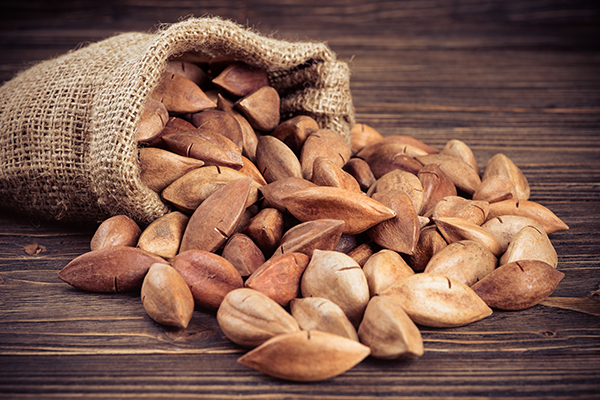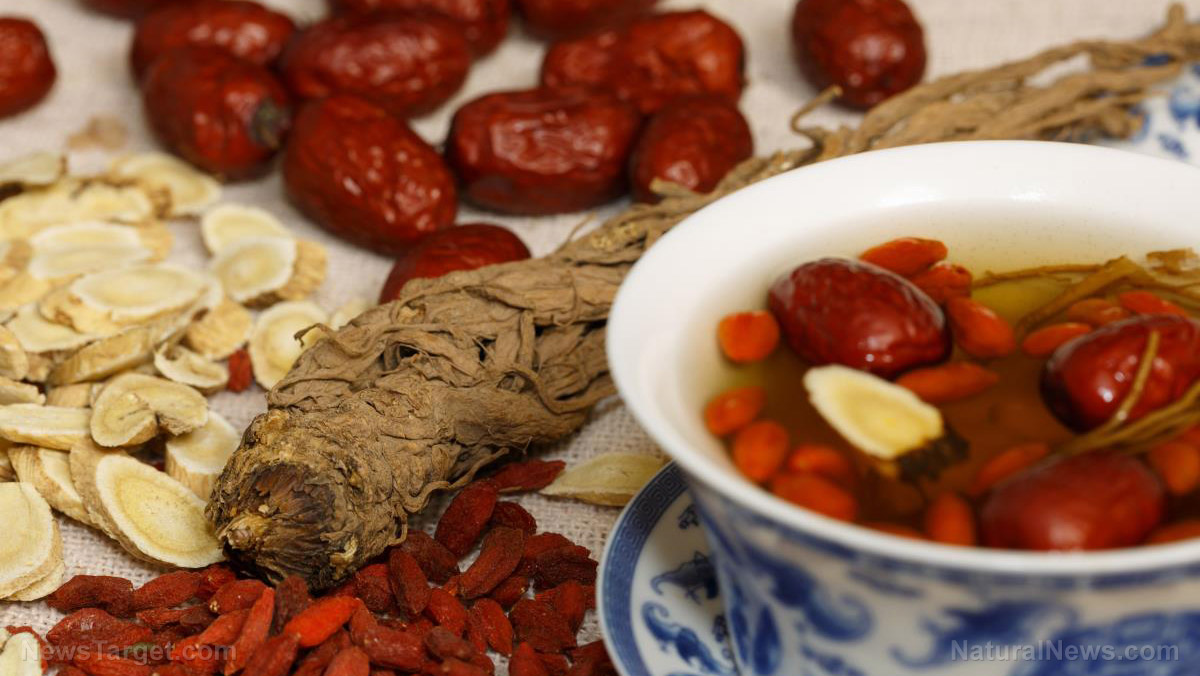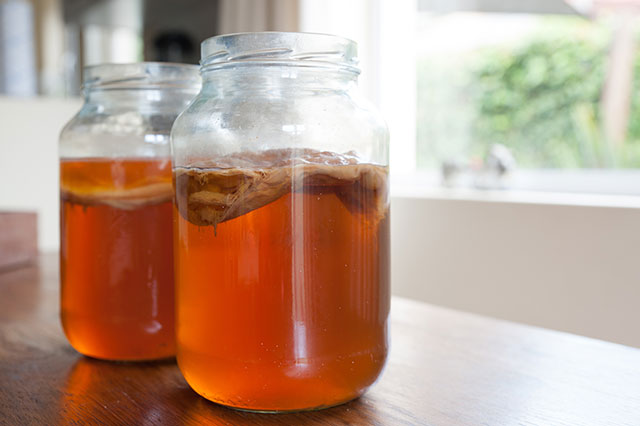Here’s what you need to know about hay fever and treating its symptoms
10/15/2019 / By Darnel Fernandez

Hay fever is a condition that affects close to 20 million American adults, according to data from the Centers for Disease Control and Prevention (CDC). The term – which many use to describe seasonal allergies and inflammation of the nose and airways – is actually a misnomer: Hay isn’t the cause of the allergic reaction nor does it cause fever. In fact, “hay fever” was first used in the 19th century, based on the popular idea that the smell of hay irritated the body.
“It is not an allergy to hay,” explained sinus specialist Dr. Jordan Josephson in an article from Live Science. “Rather, it is an allergy to weeds that pollinate.”
Most health experts and researchers prefer to use the term allergic rhinitis to describe the condition.
What causes hay fever?
The symptoms of allergic rhinitis or hay fever are similar to those of the common cold. However, these symptoms manifest as soon as a person encounters an allergen, unlike a cold which has an incubation period.
Symptoms of allergic rhinitis include:
- Itchy eyes
- Runny nose
- Nasal congestion
- Coughing
- Itchy throat or roof of the mouth
- Skin rashes
- Sneezing
Allergic rhinitis can also cause headaches, a decreased sense of smell, fatigue, and even asthma, Josephson added.
People can develop allergic rhinitis at any age, but it is especially prevalent during childhood and early adulthood. In fact, the CDC reports that allergic rhinitis affects 5.6 million children under the age of 18. Fortunately, there is evidence that indicates the possibility of people outgrowing allergies with age.

|
Discover how to prevent and reverse heart disease (and other cardio related events) with this free ebook: Written by popular Natural News writer Vicki Batt, this book includes everything you need to know about preventing heart disease, reversing hypertension, and nurturing your cardiac health without medication. Learn More. |
An allergic reaction occurs when the immune system attacks a foreign object in the body. In the case of allergic rhinitis, studied have found pollen to be the most common culprit.
Many plants use pollen in order to reproduce. However, they do not have the necessary means to spread pollen on their own. Instead, some plants use means like wind or water to disperse their pollen. Because of this, the pollination season brings about billions of microscopic particles that usually end up in people’s noses or mouths. Some trees like elm, birch, and oak start producing pollen as early as the beginning of spring and continue to produce pollen throughout the entire season.
Some weeds are also major contributors to allergic rhinitis. Ragweed pollen is one of the most common triggers of the condition during the fall season. (Related: Simple home remedies for hayfever and allergies.)
Natural treatments for allergic rhinitis
You can manage hay fever and other allergies by understanding the proper ways to prevent and treat an attack. Fortunately, there are plenty of ways to manage symptoms of allergic rhinitis.
Here are some natural remedies you can try:
- Avoidance. One of the better ways to prevent allergic rhinitis is to simply figure out which allergen triggers a reaction and avoid it completely. Experts suggest refraining from planning outdoor activities during peak pollination times, specifically during spring and fall seasons.
- Honey. The sweet treat is one of the more well-known home remedies for allergies. Locally sourced honey, in particular, contains pollen from local flowering plants which help fortify and desensitize the immune system to pollen in your area. Additionally, honey has antibacterial and anti-inflammatory properties which help relieve coughing and other symptoms. One or more teaspoons of raw, unprocessed honey per day are recommended to help with symptom relief.
- Stinging nettle. Surprisingly enough, this infamous plant known for causing nasty rashes can actually help you deal with allergies. The leaves of stinging nettle contain a natural antihistamine which can reduce inflammation and ease nasal congestion. You can turn nettle leaves into an anti-allergy tea by mixing one tablespoon of dried leaves into a cup of hot water. After soaking for about five minutes, strain out the leaves then it can be consumed.
These remedies will surely give you relief from various symptoms of allergic rhinitis. To learn more about allergies and natural ways to treat them, visit Allergies.news.
Sources include:
Tagged Under: allergens, allergic rhinitis, allergies, alternative medicine, anti-allergy, anti-inflammatory, antibacterial, food is medicine, good medicine, hay fever, healing food, herbal medicine, Herbs, honey, immune system, natural medicine, natural remedies, pollen, prevention, remedies, Stinging Nettle, treatments, Urtica dioca
RECENT NEWS & ARTICLES
Natural.News is a fact-based public education website published by Natural News Features, LLC.
All content copyright © 2018 by Natural News Features, LLC.
Contact Us with Tips or Corrections
All trademarks, registered trademarks and servicemarks mentioned on this site are the property of their respective owners.



















